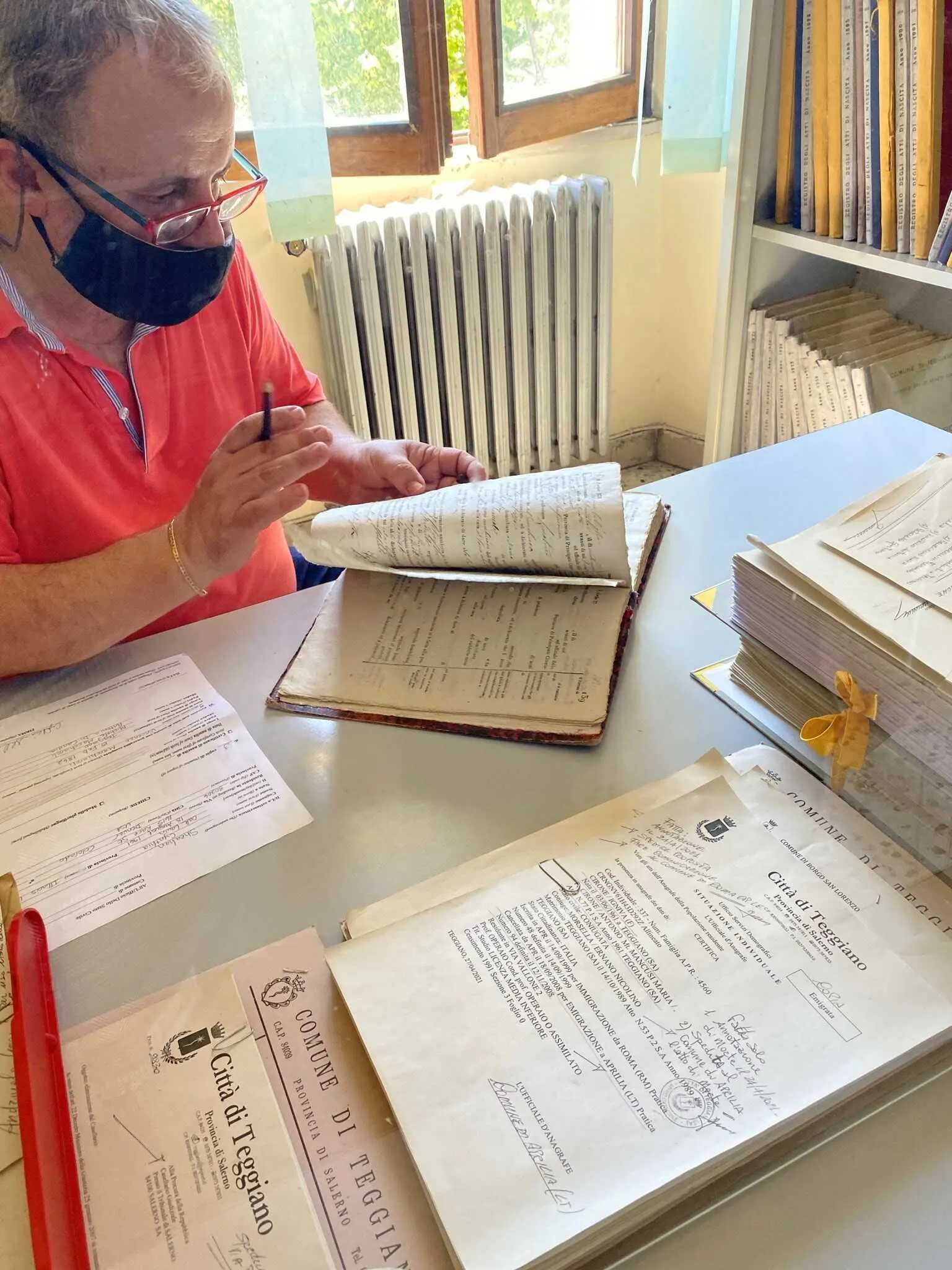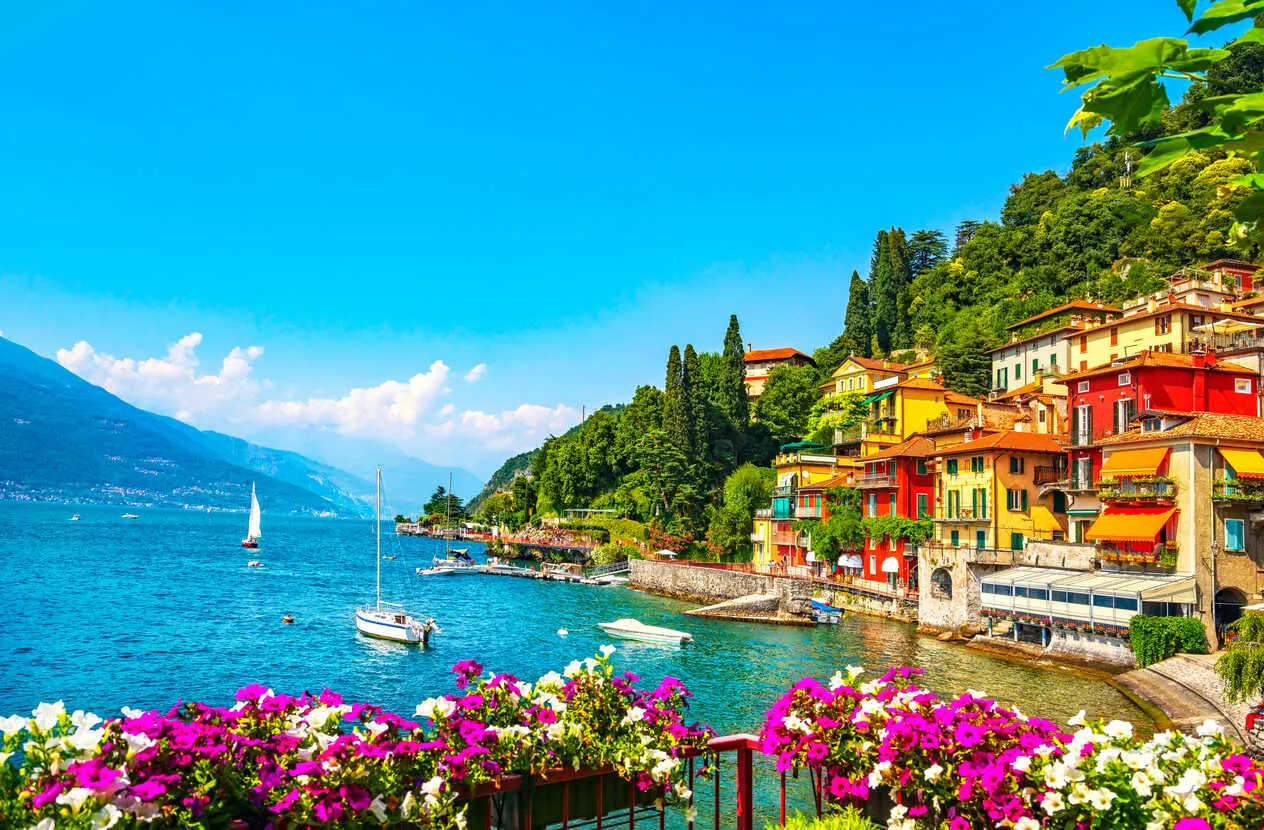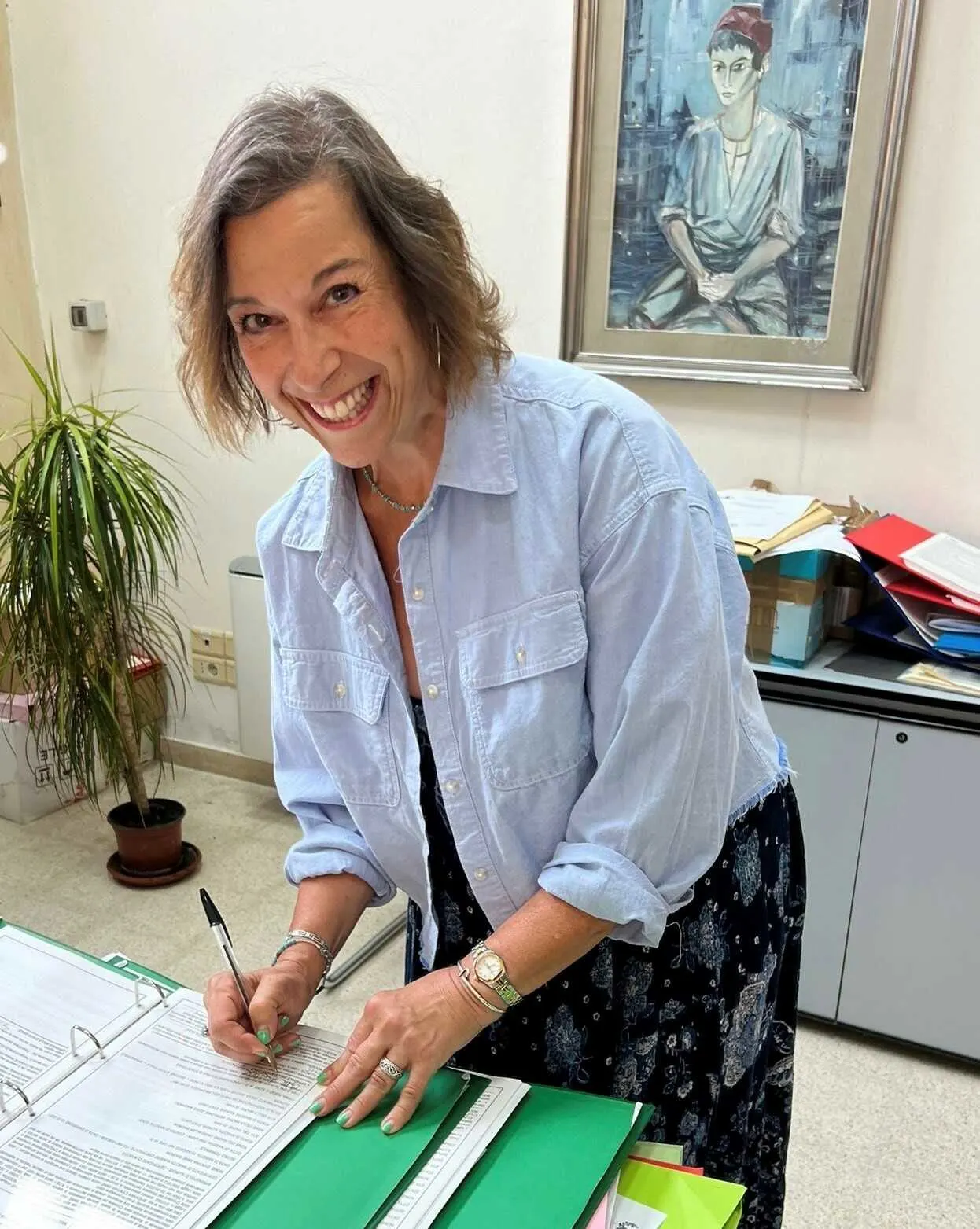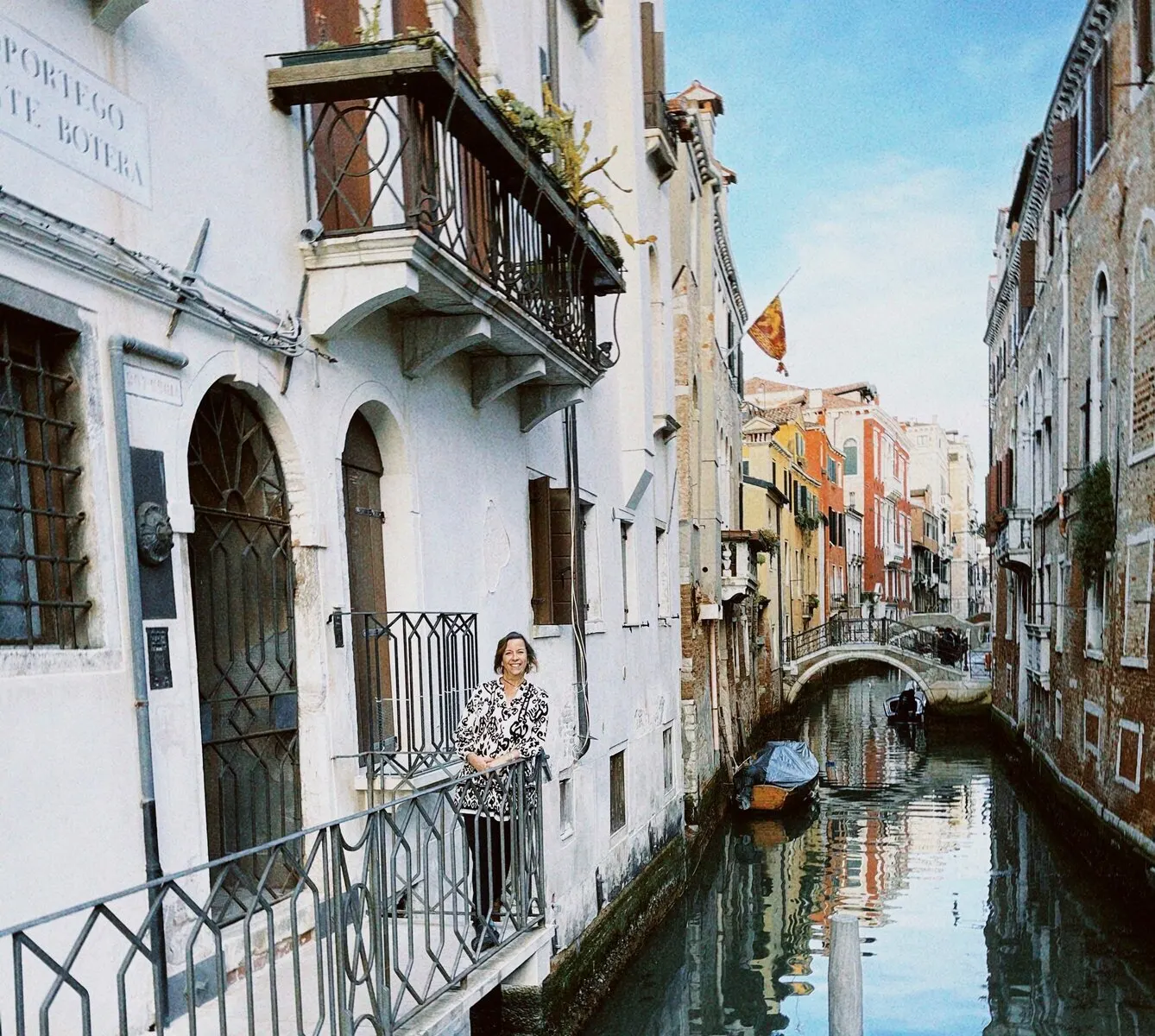You may be worrying about finding the right comune—one that will be willing and able to work with you in a timely fashion. Which documents will they require? Which discrepancies—if any—will they allow? How do you find somewhere to live, set up utilities, and get your lease registered, especially if it’s a short-term lease for the duration of the process? What about requesting a permesso? If you arrive in the EU through another country (not landing in an Italian airport), you will need to register your arrival with the Italian immigration authorities—what does that involve? And what if you need help with the language? After all, if you don’t speak Italian, Google Translate only goes so far, especially in terms of understanding important and non-negotiable things like immigration issues.
These were some of the reasons I chose to hire a service provider (SP) to facilitate and guide my process. Most SPs are not attorneys, nor do you need an attorney (unless you are a 1948 case). To choose an SP, make phone calls or send emails to a few providers. Ask for their track record, how much they charge, how long they’ve been doing this, and in which area(s) of Italy they work (most work with a handful of comuni they are familiar with and that they have had success with).
Use the Facebook pages to read about people’s experience with the providers you are considering, and reach out to message those who have used that SP to ask direct questions about their responsiveness, pricing, and timing. I originally chose to work with one SP, but after a few months of working together, I was not comfortable with her or confident that she could “get me to the finish line.” I switched to another more experienced SP and was happy about my choice due to their professionalism and knowledge of the process.
Be wary of SPs who tell you that you can go to Italy, register with the comune, and go “home” (back to the US) and not stay in Italy for the duration of the process. This is not allowed and is, in fact, illegal. To apply in Italy, you must remain in Italy until you’re approved.
But there’s no need to hire a service provider. Many, many people choose to apply in Italy on their own and do NOT hire an SP. It absolutely can be done, and FB pages, online resources, YouTube videos, and blogs can give you the information you need to tackle this on your own for a lot less money than hiring a firm.
How to Get a Second Passport
How to Get a Second Passport
According to Forbes, 133 million Americans could be eligible for an EU passport…
Our expert shows you 4 paths to a European passport (and the one he’s taking), plus the most common way for Americans to get a second passport in Europe.
Claim your free report and bonus video when you sign up for International Living's Daily Postcards.

By submitting your email address, you will receive a free subscription to IL Postcards, Overseas Dream Home, The Untourist Daily and special offers from International Living and our affiliates. You can unsubscribe at any time, and we encourage you to read more about our Privacy Policy.
Applying from Abroad: The Consulate Route

If you’re unable to uproot your life and possibly your family and move to Italy for an indeterminate amount of time to apply there while not being able to work, you’ll need to apply at the consulate that covers your jurisdiction.
There are 10 Italian consulates in the US and Italian consulates in nearly every country worldwide, where you can apply as long as you’re a resident of that consular area. You’ll find information on each consulate’s website outlining the process and listing the documents they require.
Although applying through a consulate is more straightforward and less arbitrary than applying at one of the 8000+ comuni in Italy, obtaining an appointment requires patience—and a good bit of luck. Only a few appointments per day are released to each consulate’s calendar, and hundreds of hopeful applicants are trying for them. It may take dozens (if not hundreds) of attempts to score an appointment online. Be persistent and try multiple times each day to get an appointment, and research how best to get one using the tricks and tips others have used. The dates available at the consulate will most likely be 18 to 30 months out. Don’t despair—keep trying, and don’t wait to get an appointment to begin collecting your paperwork. Many of these documents can take months to obtain, and it’s possible (and probable!) that amendments and corrections will be necessary.
The actual appointment to submit your paperwork to the consulate will be 20 to 45 minutes long. Then you wait (do you see a recurring theme here?) …up to two more years until you hear that you’ve been approved (or sadly denied). There is no way to check for updates, so you’ll be on tenterhooks until you are contacted with the news, at which time you can schedule an appointment for a passport. This entire process—from making the initial appointment with the consulate to the final approval—can take three, four, or more years.
There are SPs (service providers) who specialize in assisting people applying through the consulates. They can advise you, order your documents from Italy and the US, and get them amended, apostilled, and translated. Many offer “a la carte” pricing if you’d like to do some of the heavy lifting yourself. However, they cannot book the consulate appointment for you. You’ll need to do that yourself.
Apply in Italy vs Apply at the Consulate
Applying in Italy usually requires less documentation and is much quicker, but it requires you to uproot your home life, move to another country short-term or long-term, rent or purchase a place to stay for the duration of the process, refrain from working (until you’ve been recognized as a citizen), and possibly spend thousands of dollars for a service provider.
Applying through your consulate can be done without leaving home while you continue working, and a service provider isn’t necessary (although some people do hire professional help). Be prepared for a long wait of four or more years until you’ve been approved. If you’re not in a hurry, applying at the consulate is your best option; if you’d like a quicker turnaround time and have the flexibility to live in Italy while your process is ongoing, apply in Italy and enjoy la dolce vita while you’re there.
The Benefits of Italian Dual Citizenship

Having dual citizenship is an honor and a privilege. Being a citizen of Italy means being a citizen of the EU, which gives you the right to live or work within the EU without needing a visa! You can study and travel freely within the 27 member states (countries), which include Germany, Spain, Greece, and Belgium. As a citizen of Italy, you are able to use the highly regarded and nearly no-cost national healthcare system. You can take part in the national and regional Italian elections as well as the EU elections. And an Italian passport is tied for first place among the strongest and most valuable passports in the world, while a US passport ranks 7th.
Eligibility and requirements for dual citizenship change often—there’s discussion in the Italian government now to consider limiting the ancestral path to only two generations back, debates about whether Italian citizenship was passed along to the next generation if the adult parent renounced while the next in line was a minor, and talk about requiring a B1 level of Italian language proficiency to qualify. None of these stipulations is in effect today—but things do change.
Don’t miss this wonderful opportunity to be recognized as an Italian citizen and hold a second passport—begin your journey now.
My Journey and Practical Tips

Becoming recognized as an Italian citizen has been quite the adventure for me! The realization that I “already was” an Italian citizen was a stunning surprise to me back in 2020, and I began doing research using Ancestry.com, online census records, and ship manifestos to put together the puzzle pieces and create the timeline of my ancestral path. I even stopped at the Mormon Genealogical Library in Salt Lake City to do some sleuthing there.
I discovered that my great-grandfather sailed to Chicago in 1881 on the Antonio Florio, leaving his tiny medieval village near Naples, Italy, at the tender young age of 23 as part of the great diaspora of Italian immigrants. Between 1880 and 1920, nearly 4 million Italians left their country, the majority fleeing desperate poverty in Southern Italy and Sicily, seeking a better, safer, and higher quality of life in the US. At the age of five, my bisnonna (great-grandmother) traveled with her family to America and settled in Chicago. When she was 15, she married my great-grandfather, and they had 16 children together—my grandfather was their first son after 14 daughters!
In order to book an appointment at the consulate and apply from the States, I tried desperately to grab a date on the Chicago consulate’s “prenota” (reservation) system. I had an alarm on my phone for 4 p.m. Denver time/midnight Rome when the appointments were released. Oftentimes I would be out driving around doing errands and would quickly pull over to park the car in a valiant attempt to log onto the website using my phone and try to score an appointment; dozens and dozens—probably hundreds of times—I tried to log in, hoping fervently for one of the elusive and hard-to-catch appointments. I checked at odd times each day, hoping for a cancellation to pop up to no avail.
A few years later, I learned about the possibility of applying “in” Italy and began collecting and amending the documents as needed. One ridiculous assignment from the first SP had me asking the county clerk’s office in Chicago to create a signed and stamped official document stating that my mother and father would not contest their divorce from 1984. Even though they were both dead. The clerk thought I was crazy, and I spent countless hours, emails, and phone calls trying to convince them of the necessity of this document, which my second SP didn’t require.
Another hiccup that cost me a few weeks was when the comune realized one of my documents was missing—after they had my file for months. I was able to have a friend back in Denver get an extra copy from my basement that I had thankfully (and surprisingly!) gotten apostilled, but she accidentally left the envelope containing said document at the restaurant where she had dinner that night. Luckily, I had another extra copy stashed in the basement, but this one needed to be overnighted to the State of Illinois to be apostilled, which took over a week, then sent back to her and FedEx’ed to me in Italy, costing well over $100, a loss of three weeks, and countless sleepless nights stressing about the whole debacle.
I’ve been lucky enough to connect with three or four other Americans living somewhat nearby and working with my SP. We have met for lunch, created a group chat on WhatsApp, and shared our ups and downs, dumb questions, tears, and laughter. From trying to figure out the bus system, how to “do” Amazon, when the vigile came (or didn’t!), and how to schedule a doctor’s visit, it was helpful and reassuring to have others to bounce things off of who were going through the same process as me.
Get Your Free Italy Report Today!
Get Your Free Italy Report Today!
Learn more about Italy and other countries in our daily postcard e-letter. Simply enter your email address below and we’ll send you a FREE report – Italy: Europe’s Most Seductive Country.

By submitting your email address, you will receive a free subscription to IL Postcards, Overseas Dream Home, The Untourist Daily and special offers from International Living and our affiliates. You can unsubscribe at any time, and we encourage you to read more about our Privacy Policy.
Recognized at Last: I Am Italian!

As a full-time traveler, I’d been to Italy a few times before discovering that my heritage could lead me to an Italian passport. Once I learned the names of the villages of my great-grandfather and great-grandmother, I planned a trip to visit them to feel a connection to the ancestral soil. The villages were small, modest, and ancient, originally founded in the 4th century BC, with imposing stone buildings, charming cobblestone streets…and a castle bearing my surname! I had stumbled upon this while doing my research and booked a room in “my castle” for a few nights. I enjoyed wandering the rooms of the 15th-century Castello Macchiaroli, now a B&B and event venue for beautiful weddings and lovely parties.
For my citizenship process, I’m living in a spacious, light-filled apartment in a tiny medieval hilltop village in Umbria with views of Mount Subasio in the distance. The streets are narrow and steep; the homes are ancient and tidy. It’s been very quiet and sleepy since I arrived in February; many of the apartments are empty, owned by Romans who stay during the summer weekends to escape the heat of Roma. Now that summer has arrived, the village has awoken from its hibernation and gotten livelier. The surrounding villages of Umbria have many festivals, holy celebrations, bike races, and concerts scheduled throughout the summer.
It’s been a real treat living just two hours by train from the incredible world-class city of Rome. I’ve spent a couple of long weekends exploring the Trastevere neighborhood, eating delicious pizza al taglio (slices sold by the kilo) and creamy, peppery cacio e pepe pasta cooked perfectly al dente. Since I’ve been a few times, I eschew the big-ticket places like the Vatican and Coliseum and visit small museums, quirky chapels, and spooky catacombs instead.
Taking the train in the other direction, I spent a few nights exploring the inimitably romantic City of Canals, Venice. It had been years (ok, decades!) since I had last been, and wandering the narrow streets and back alleys with my daughter was such a pleasure! Watching the striped-shirted gondoliers paddling their iconic curved wooden boats with red velvet upholstered chairs for tourists through the murky waters while sipping an Aperol Spritz is truly one of the great pleasures of life.
I was intrigued by Sicily, so I visited it a few times. After just a few days, Palermo stole my heart. It’s a gritty, noisy, lively city—unapologetically messy and gorgeous at the same time. I was smitten! The markets, the churches, the parks, and the people—I can’t wait to move there this fall and start living my dolce vita.
Completing the Circle: Returning to My Roots
My recognition process is now complete—I’m officially recognized as the Italian citizen I’ve always been since birth. Soon I’ll have a carta di identità (national identity card) and can apply for the maroon passport I’ve coveted for so long.
Although I loved my time in Porto and cherish the experience of living abroad for the first time, the residency visa was definitely a means to an end for me—but I wasn’t Portuguese. Instead, my Italian roots and heart have called me “home.” I feel like I’ve completed the circle—my relatives left their homeland of Italy generations ago, looking for a better life in America. Now I’ve left my homeland seeking the same…in Italy. I’ve come full circle. I’ve come home.
You can follow Cindy's journey on Facebook and Instagram.
How to Get a Second Passport
How to Get a Second Passport
According to Forbes, 133 million Americans could be eligible for an EU passport…
Our expert shows you 4 paths to a European passport (and the one he’s taking), plus the most common way for Americans to get a second passport in Europe.
Claim your free report and bonus video when you sign up for International Living's Daily Postcards.

By submitting your email address, you will receive a free subscription to IL Postcards, Overseas Dream Home, The Untourist Daily and special offers from International Living and our affiliates. You can unsubscribe at any time, and we encourage you to read more about our Privacy Policy.
